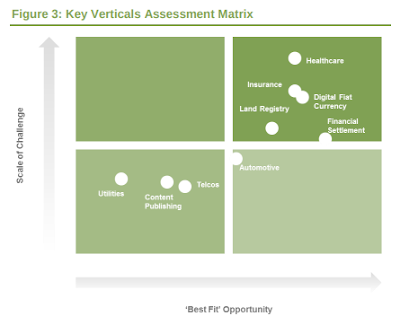
The partnership between VMware and Amazon Web Services (AWS) is starting to bear fruit: the two companies have announced initial availability of the former’s cloud on the latter.
The announcement was made at VMworld in Las Vegas yesterday, where Andy Jassy, CEO of AWS, joined VMware chief executive Pat Gelsinger on stage to discuss the benefits of the two companies’ integration.
“This really is the ultimate hybrid solution that we’ve developed together – the ability to run any application on vSphere and seamlessly take that private cloud environment and move it into the public cloud and use VMware software that you’re familiar with to manage both your on-premise as well as your in-the-cloud infrastructure,” said Gelsinger.
As the press materials note, a variety of benefits were being offered to customers of both companies. Alongside the natural workload portability between private and public clouds, these range from flexibility to choose where applications are run based on business needs, to spinning up an entire VMware software defined data centre (SDDC) in less than two hours, to identical skills for public and private theoretically meaning consistency in operations, improved productivity and reduced costs.
This publication first referenced the proposed collaboration between the two companies back in October last year, with the ‘VMware Cloud on AWS’ effort being expected mid-this year. As Jassy put it, enterprises were previously forced into a binary choice; move into the cloud with AWS and ditch the VMware tools, or stick with VMware and find it more of a headache with AWS. “VMware Cloud on AWS gives them the best of both worlds,” he told attendees. “[It] gives them the world’s leading private cloud provider alongside easily being able to be used with the world’s leading public cloud provider.”
Early customers of the joint product include Moody’s, Symantec and Western Digital, while one of the more interesting use cases came from Ricoh, who are using VMware/AWS for cyclical computing and disaster recovery. Dell EMC was first to the punch in offering data protection for VMware Cloud on AWS, offering backup and recovery for workloads as made in a separate announcement.
Amidst the plethora of news coming out of VMworld over the past two days – you can catch up with them all here – the most interesting outside of the AWS collaboration was around new releases of VMware Integrated OpenStack and VMware vRealize Network Insight, to help organisations modernise their data centres through increased networking and security capabilities.
Picture credit: VMworld/Screenshot


